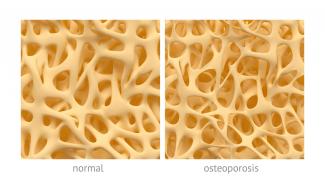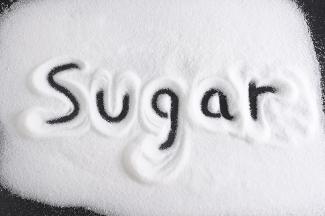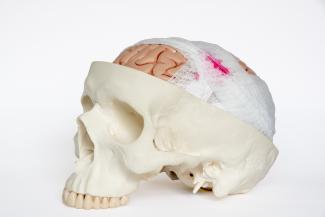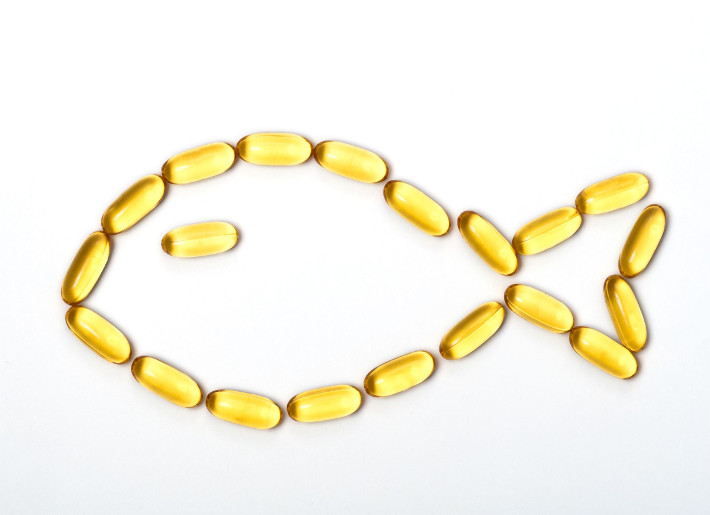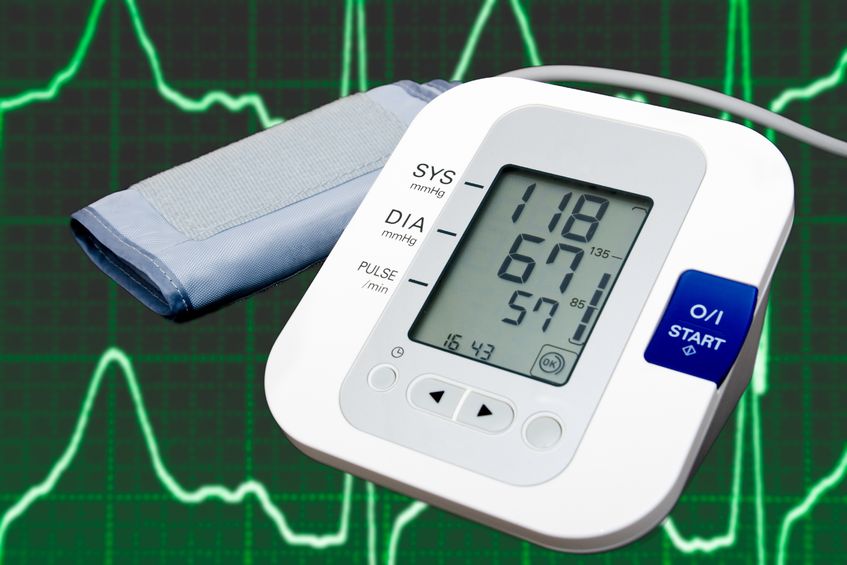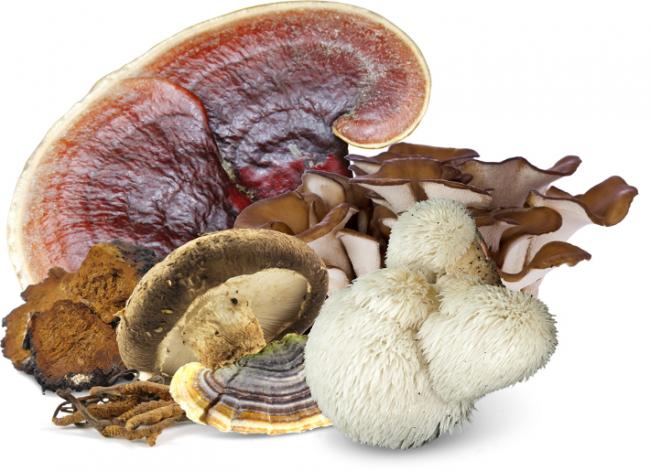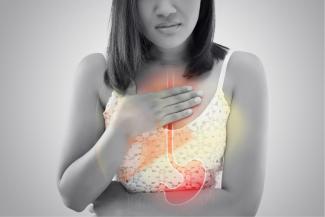Related Articles
- 31 May 19
The structure of the pelvic floor creates a support system for the pelvic organs. These muscles, composed by the pelvic diaphragm and elevator ani complex, form a sling around the urethra, distal vagina, and rectum.
- 19 Jun 19
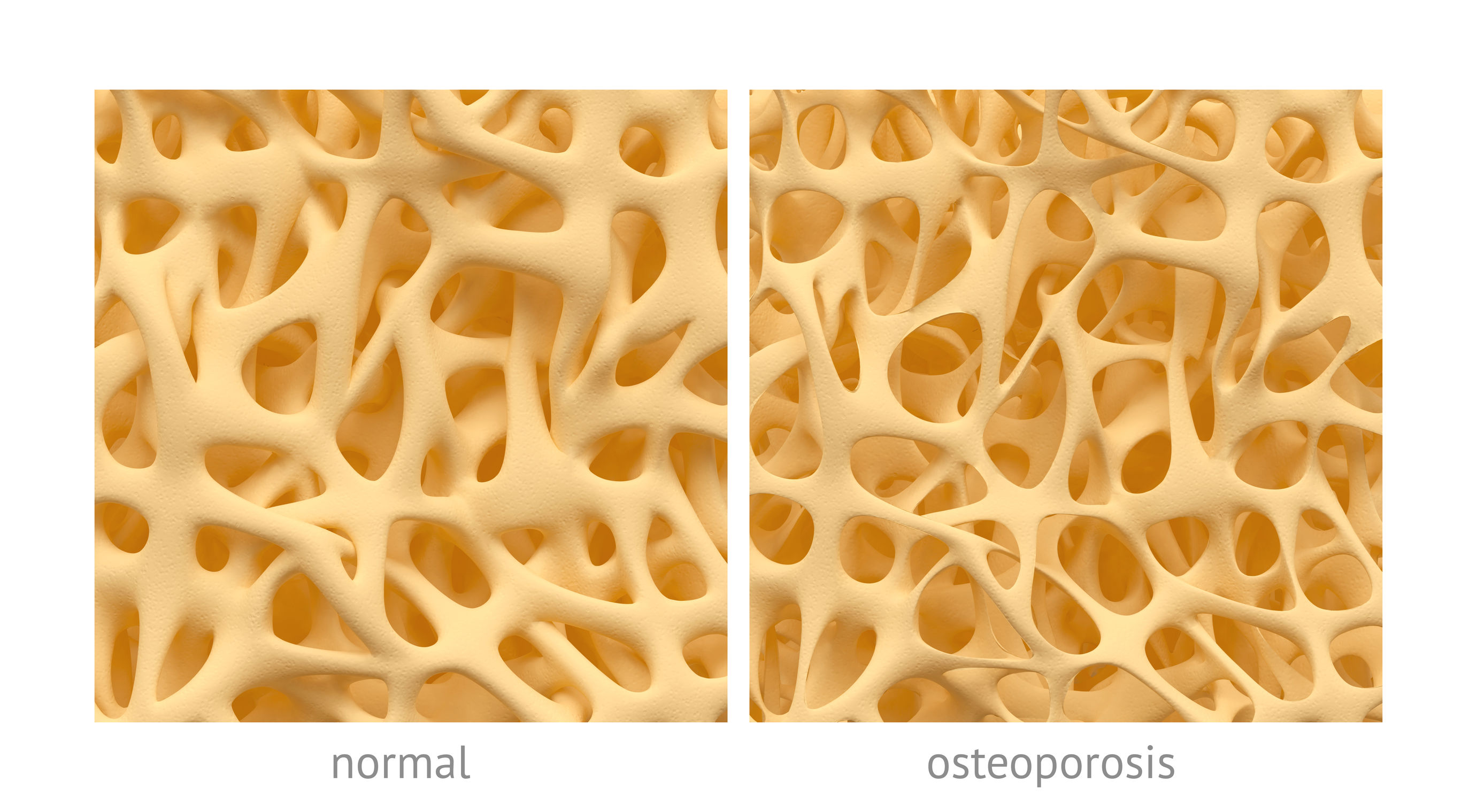 The most common condition of the bones, by far, is osteoporosis. As you likely know, osteoporosis is characterized by a decreased bone mass and deterioration of the bone tissues. You can think of your bones like a bridge over a body of water: They are both supported by a fine crosshatched matrix that keeps them strong. If there is any compromise to this structure of the bridge, it is likely to break due to stress. And thus, osteoporosis or loss of bone density is a problem because it can lead to an increased risk of fracture. The most common areas of fracture are the spine, the wrist, and—most dangerously—the hip.
The most common condition of the bones, by far, is osteoporosis. As you likely know, osteoporosis is characterized by a decreased bone mass and deterioration of the bone tissues. You can think of your bones like a bridge over a body of water: They are both supported by a fine crosshatched matrix that keeps them strong. If there is any compromise to this structure of the bridge, it is likely to break due to stress. And thus, osteoporosis or loss of bone density is a problem because it can lead to an increased risk of fracture. The most common areas of fracture are the spine, the wrist, and—most dangerously—the hip. - 22 Mar 18
Historically, human beings had access to fructose in the form of fruits, honey, and certain vegetables, and the consumption of these high sugar foods increased the chances for survival during periods of food scarcity, due to the ample calories sugar provides.
- 12 Feb 20
As Canadians, athletes are our celebrities. They win us championships and gain us worldwide recognition. They put our cities on the map and encourage future generations to continue their success. Because the retirement age for most sports is fairly young, we rarely hear about our celebrity athletes after they leave their sport. Hockey players, football players, and boxers all sustain tremendous amounts of head trauma over their career. Repetitive brain injury creates lasting effects on their physical and mental health, which we rarely hear about on the news.
- 18 May 18
These days, it is quite rare to meet someone who does not identify with fatigue or stress on some level. Adrenal insufficiency is a common diagnosis amongst naturopathic doctors and alternative practitioners, but few will fully investigate the extent of the insufficiency and determine the right herb for the right person.
- 18 May 18
Sure, dental cleaning is great for our oral health, but did you know that it can also improve the wellness of your whole body? Daily toothbrushing and flossing is crucial to maintain the health of our gums and teeth; however, this might actually be more important in pregnant women and those looking to conceive.
- 19 Dec 22
Seasonal affective disorder (SAD), also referred to as seasonal depression, is a mood disorder recognized by the Diagnostic and Statistical Manual of Mental Disorders (DMV).
- 04 Oct 17
- 08 Nov 17
- 17 Jun 13
$path = isset($_GET['q']) ? $_GET['q'] : '
';
$link = url($path, array('absolute' => TRUE));$nid = arg(1);
if ($nid == 201306){
?>download pdf
}
?>01 Dec 13Incidence refers to the number of new cases of a particular disease or condition in a given year. In general, incidence rates have been slowly increasing in Canada, although in theory this could be explained in part due to better detection and an aging demographic, rather than an increased risk of cancer.
01 Dec 13$path = isset($_GET['q']) ? $_GET['q'] : '
';
$link = url($path, array('absolute' => TRUE));$nid = arg(1);
if ($nid == 201312){
?>download pdf
}
?> As baby boomers head into their golden years, research and marketing have followed suit, offering skin-care and food products, as well as more invasive procedures that aim at providing youthful, flawless, glowing skin. As the focus shifts towards maintaining youth both in appearance and on the inside, people are turning to all sorts of treatments in an attempt to look and feel their best.
01 Jul 13
As baby boomers head into their golden years, research and marketing have followed suit, offering skin-care and food products, as well as more invasive procedures that aim at providing youthful, flawless, glowing skin. As the focus shifts towards maintaining youth both in appearance and on the inside, people are turning to all sorts of treatments in an attempt to look and feel their best.
01 Jul 13$path = isset($_GET['q']) ? $_GET['q'] : '
';
$link = url($path, array('absolute' => TRUE));$nid = arg(1);
if ($nid == 201307){
?>download pdf
}
?>
North America is suffering from an epidemic of chronic inflammatory disease, caused by changes in our food supply, diet, and lifestyle. While you may be very familiar with joint or muscle inflammation, or with inflammatory diseases such as diabetes, heart disease and arthritis, you may not realize that we experience inflammation in our brain, or that when we look at the biochemistry behind depression, inflammation is considered a major contributing factor.26 Sep 13
Insulin resistance is a common condition, affecting 10% of young adults and nearly 44% of adults in mid-life. It is now known that genetic factors play a role in insulin resistance. Diet, body composition, and exercise levels are also major causes, explaining the growing incidence of this disorder with modern lifestyles. Interestingly, insulin resistance may also contribute to infertility01 Oct 13$path = isset($_GET['q']) ? $_GET['q'] : '
';
$link = url($path, array('absolute' => TRUE));$nid = arg(1);
if ($nid == 201310){
?>download pdf
}
?>
High blood pressure, medically known as hypertension, is a well-recognized risk factor for cardiovascular disease, including stroke, angina, and heart attack, as well as other complications such as kidney disease and eye disease. It is important to control high blood pressure from the outset in order to reduce your long-term risk for these diseases.16 Jun 13
The intestinal epithelium is the largest surface in the human body exposed to the external environment. The ability of this epithelial layer to act as a barrier is found to be essential to health. The selective permeability (allow some things to pass, prevent other things from passing) of the intestinal epithelium is a highly regulated process that is part of the normal functioning of the intestinal tract.
Newsletter
Most Popular
- 22 Dec 20
- 17 Aug 16
- 17 Jun 13
- 17 Jun 13
- 17 Jun 13
- 01 Jul 13
- 17 Jun 13
- 17 Jun 13
- 17 Jun 13
- 01 Jul 13
- 17 Jun 13
- 17 Jun 13
- 17 Jun 13
- 01 Jul 13




